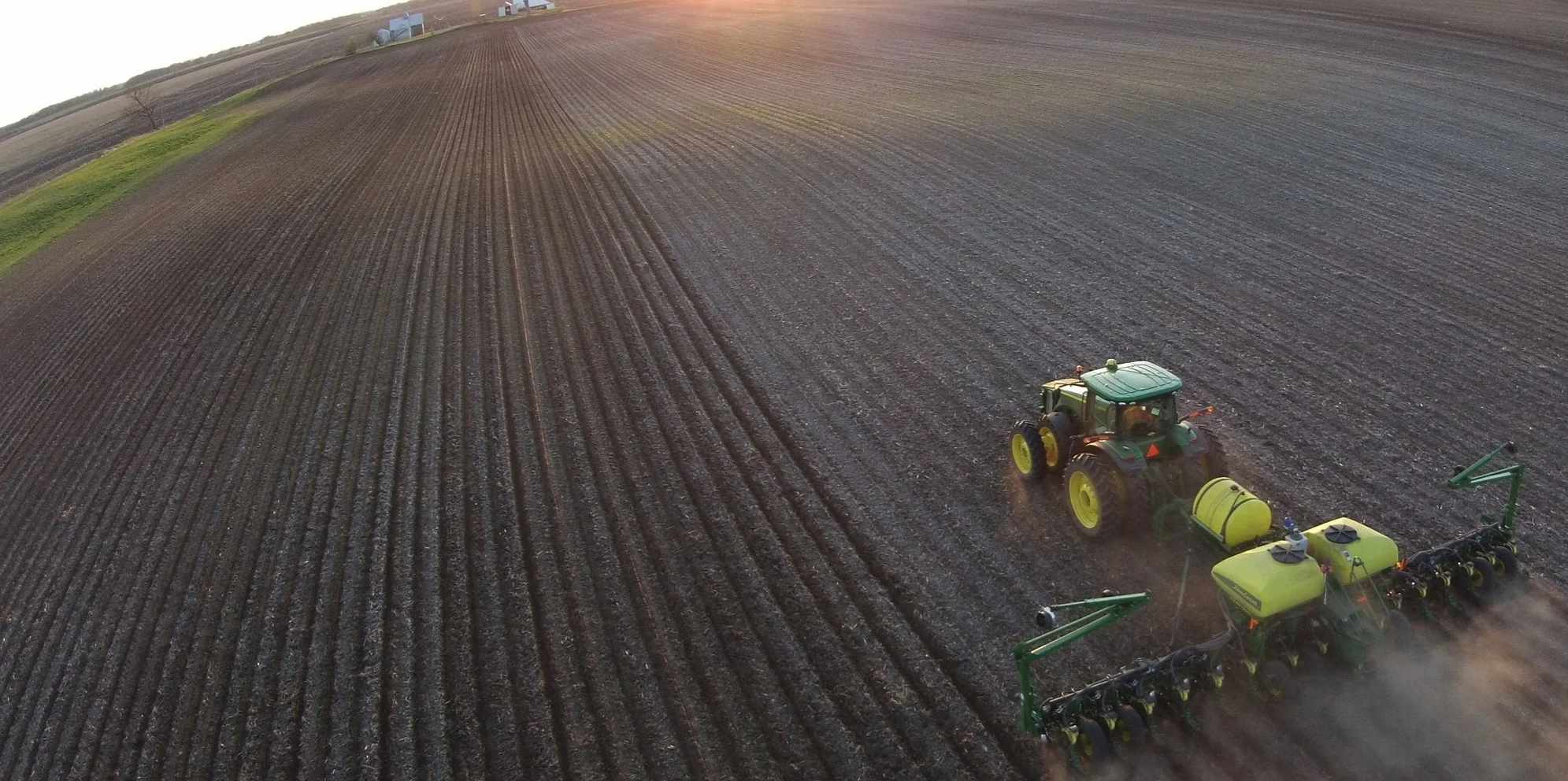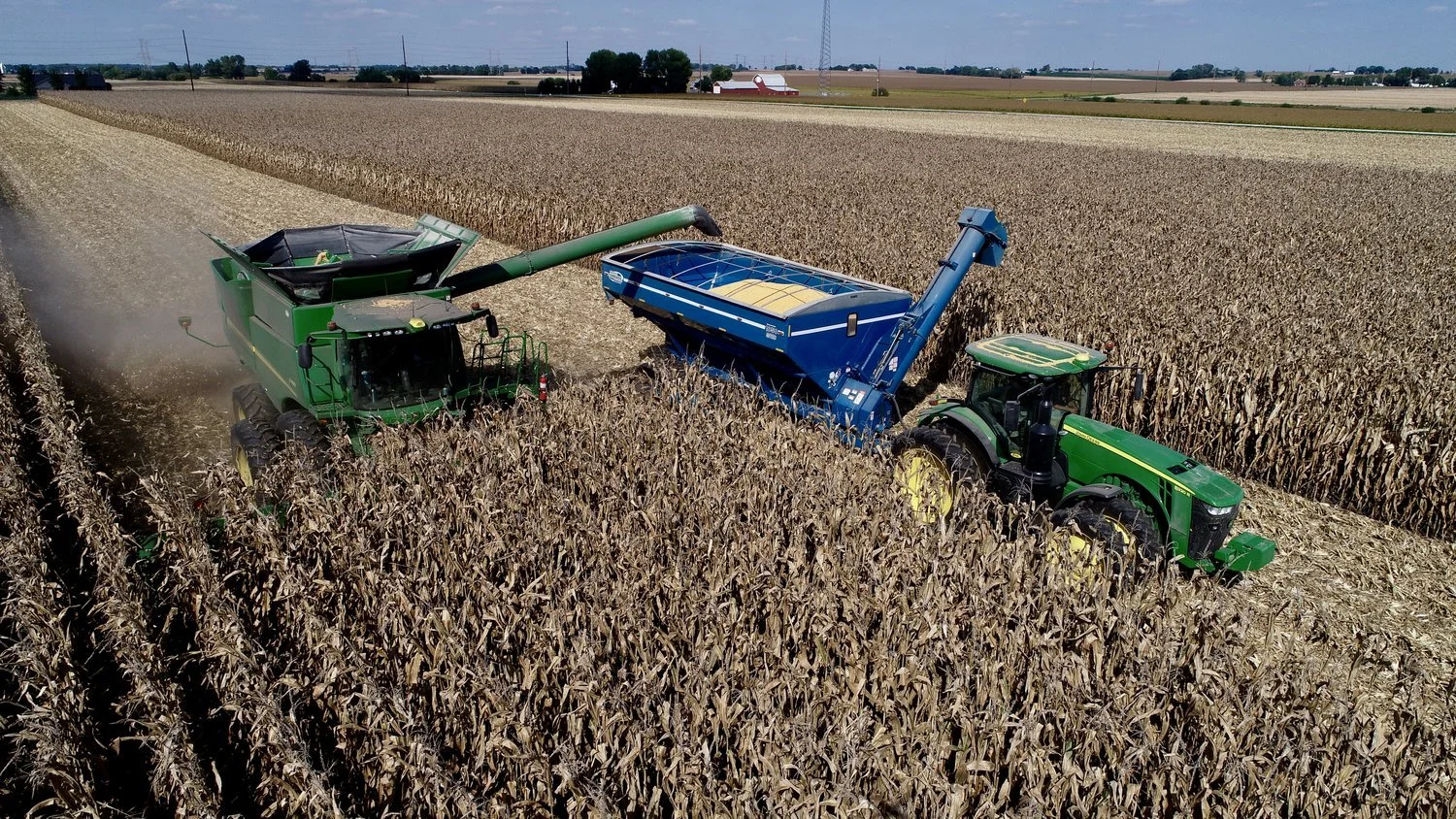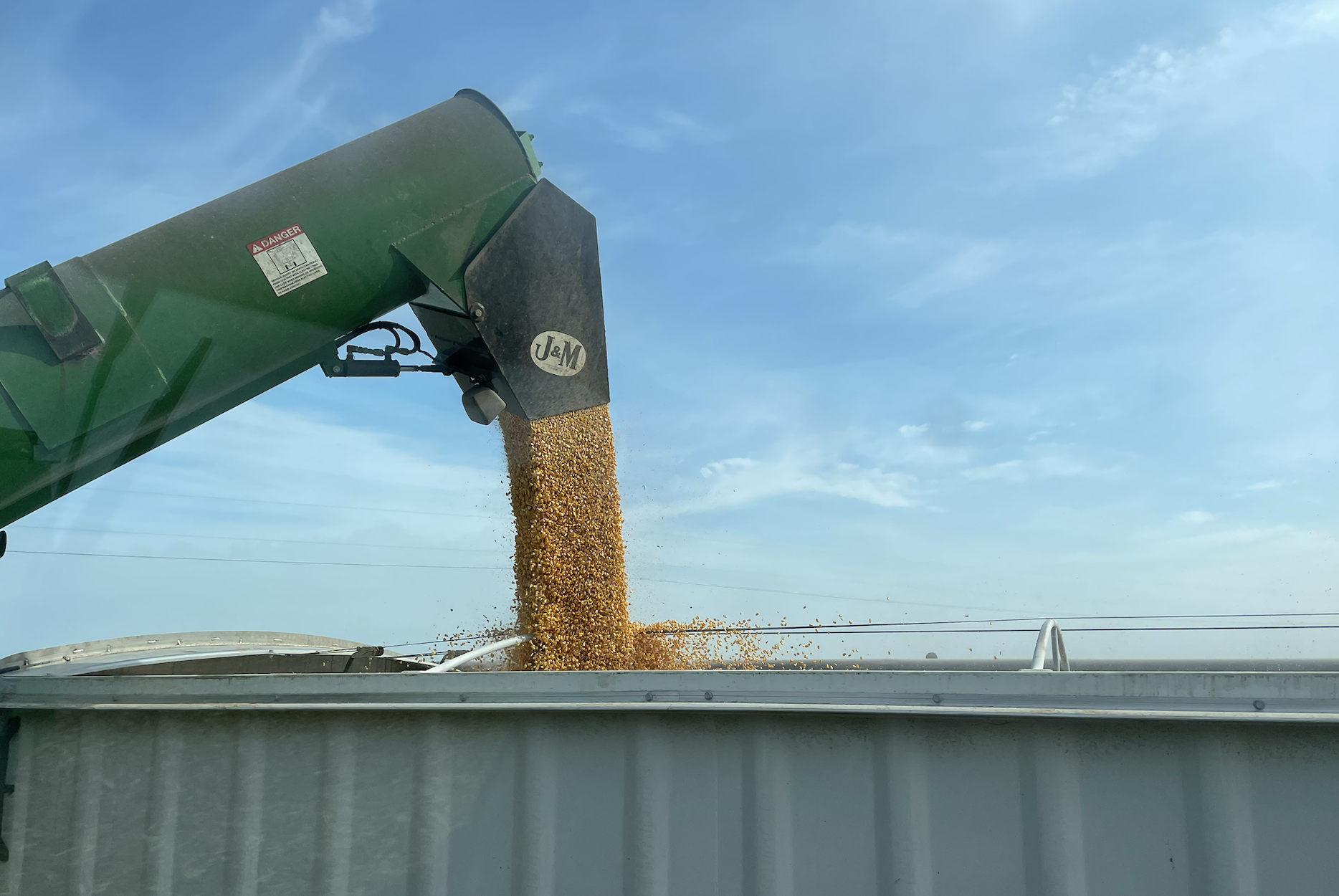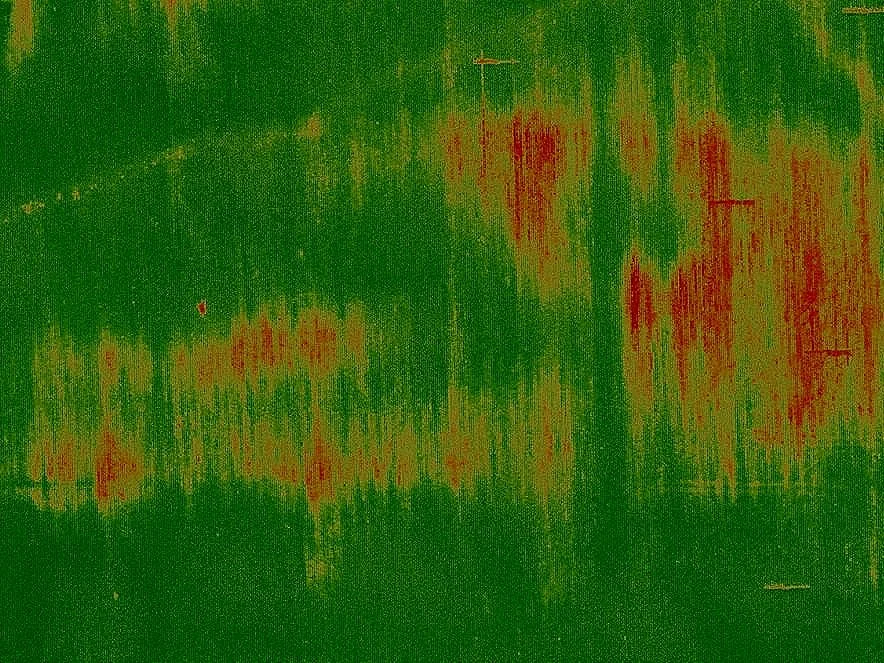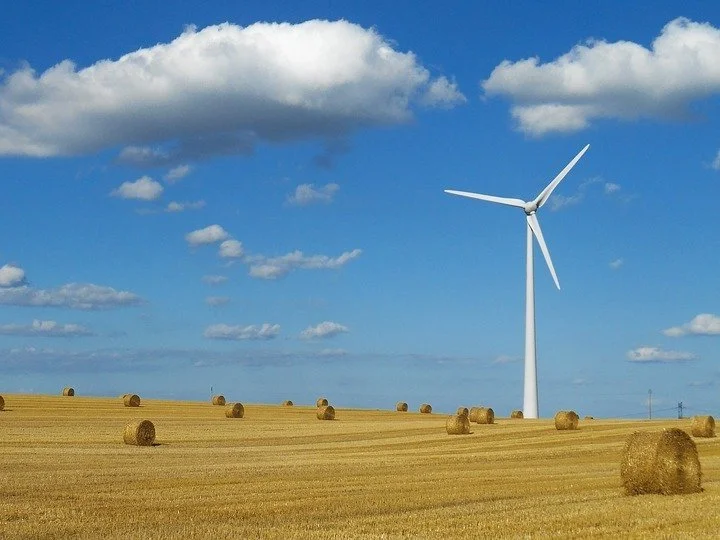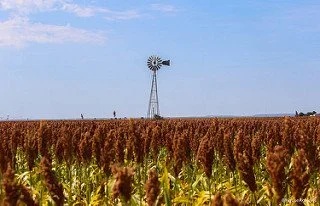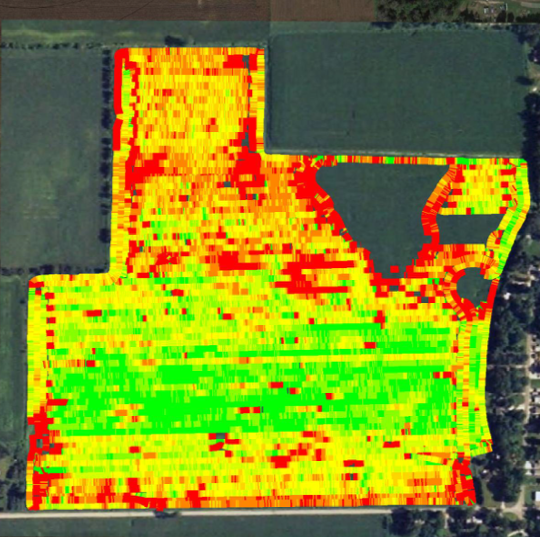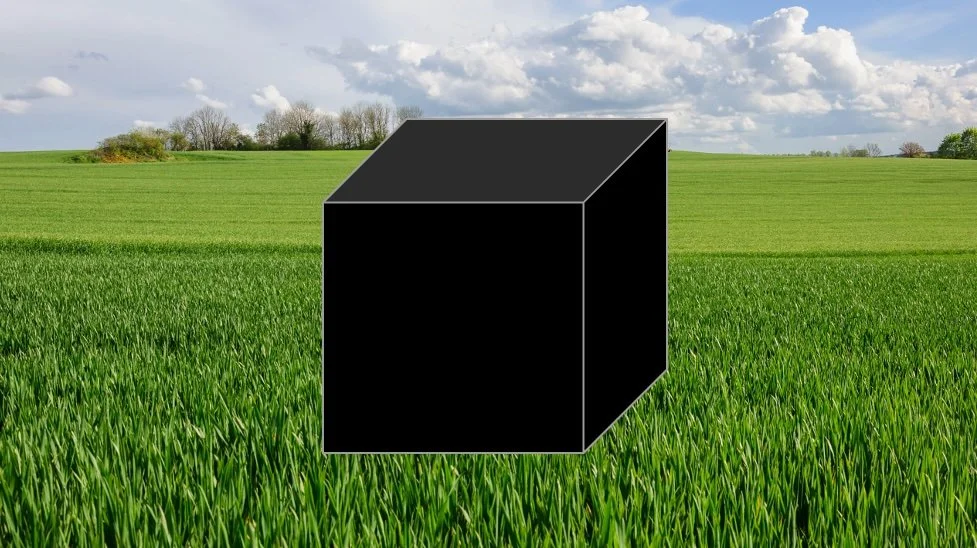The Six Building Blocks of a Soil Carbon Contract
/Carbon is number 6 on the periodic table and is made up of six building blocks—six protons and six neutrons. Contracts too, have their own building blocks. Because there are a flood of new contracts being offered to farmers to sequester carbon in soil, I thought it would be interesting to look at the six basic building blocks for these contracts.
Enrollment of land. Whether it's an 80 acre corn field or a 1000 acre grazing pasture, the first part of any soil carbon contract is the enrollment of land into the program. Farmers and ranchers must identify which land they are committing to carbon sequestration and enroll that land in a soil carbon sequestration program. These programs are being offered from a variety of parties, from ag retailers to online digital platforms (“carbon platforms”).
Mandated farming practices. Land that is enrolled in a carbon sequestration program is committed to following certain prescribed farming practices, such as no-till and cover-cropping. These carbon reduction “protocols” are provided by the carbon platform to the farmer or rancher. One unique aspect of these protocols is that they are often like the terms of service for an online platform in that they can change from year to year.
Data collection. At least annually, the carbon platform collects agricultural data from the farmer to confirm the protocols were followed and to estimate the amount of carbon sequestered. The carbon platform may also reserve the right to collect its own data by taking actual samples, auditing the farmer practices, or using satellite imagery.
Verification. The carbon platform uses protocols developed by third parties who have created the methodology for sequestering and measuring carbon in soil. Verification is necessary to measure how much carbon has been sequestered in soil so that carbon credits can be generated by the farmer’s efforts.
Prohibitions on Stacking. However, a farmer who sequesters enough soil carbon to generate 100 carbon credits could, in theory, sign contracts with two carbon platforms to measure the same soil carbon on the same acres. The result would be 200 carbon credits when only enough carbon was sequestered for 100. For this reason, soil carbon contracts prohibit this sort of “stacking,” but also rely on the honesty of the farmer to ensure that no stacking occurs. Since there is no national database for enrolled acres, there is no way for a platform to verify that no stacking has occurred.
Sale of Carbon Credits. At the end of the process, the carbon credit is ready for sale by the carbon platform to a buyer that wants to offset its carbon emissions. Some carbon platforms share in these profits. Others brokers pay a flat fee per acre, keeping all of the profit from market swings in the carbon market but also all of the risk.
Of course, soil carbon contracts are much more complicated than these six building blocks. But if you are drafting or reviewing one of these contracts, make sure these six elements are addressed.

